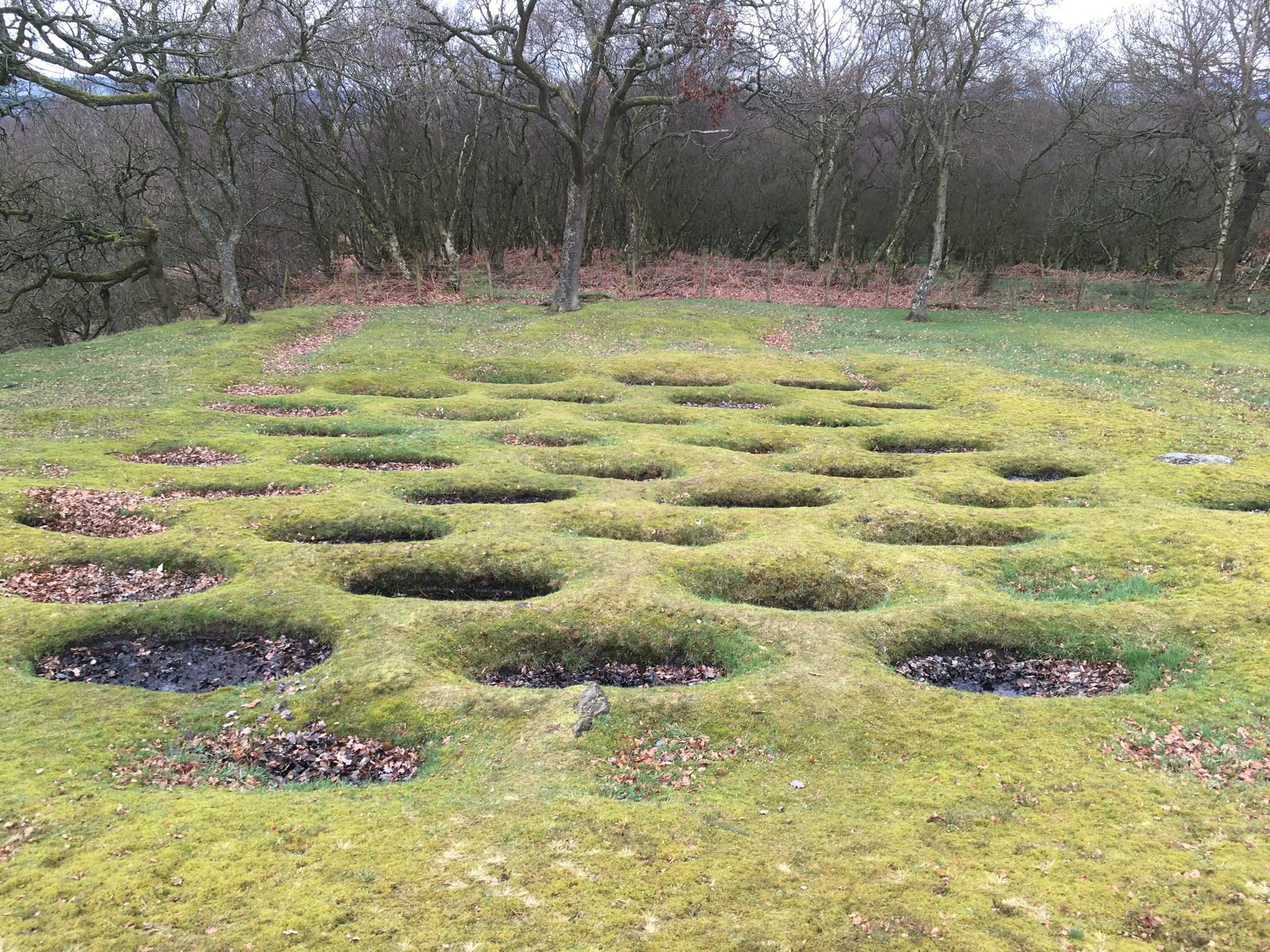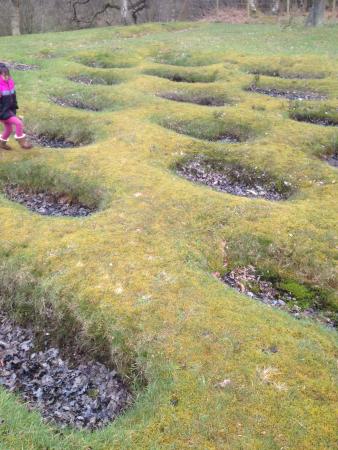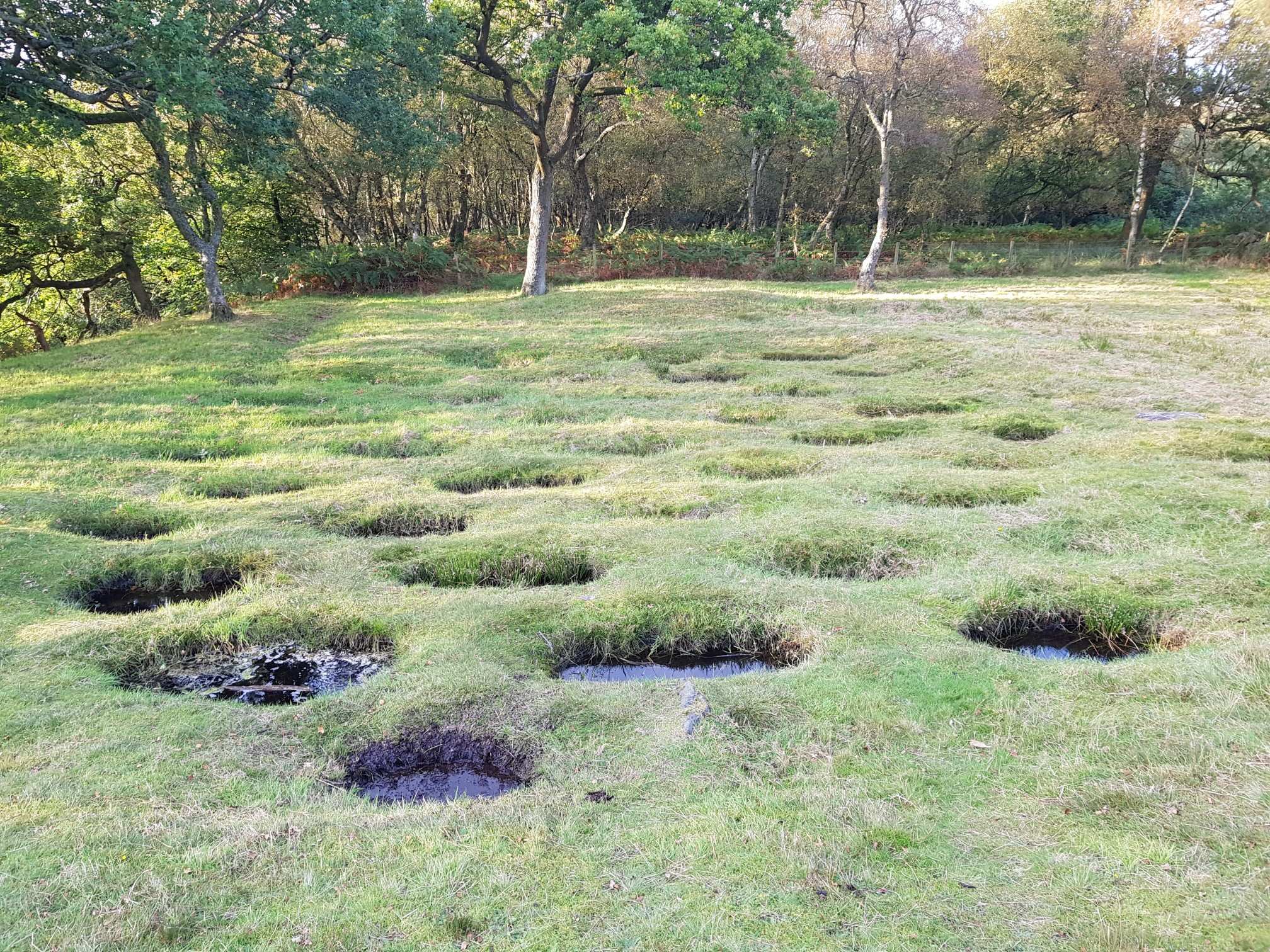The Antonine Wall, constructed around AD 142 during the reign of Emperor Antoninus Pius, represents a lesser-known yet remarkable Roman fortification. Stretching over 35 miles between the Firth of Clyde and the Firth of Forth in modern-day Scotland, this defensive line marked the northern boundary of the Roman Empire in Britain, standing as a testament to Rome’s ambitions and engineering prowess.
Historical Background of the Antonine Wall
Built as a response to the challenges posed by the northern Caledonian tribes, the Antonine Wall was intended as a stronger boundary than the previous Roman frontier, Hadrian’s Wall, located further south. Although the Antonine Wall never achieved the same level of fame, it served an essential role in establishing and defending Rome’s northernmost claim in Britain.

Construction Materials and Techniques
Unlike the stone construction of Hadrian’s Wall, the Antonine Wall was primarily built from turf and timber placed atop a stone foundation. This choice of materials demonstrates the Romans’ adaptability and strategic use of local resources in response to the unique terrain of Scotland. The Wall was fronted by a V-shaped ditch that was both wide and deep, creating a formidable obstacle to any advancing forces.
Despite its brief active use—only about 20 years—the Antonine Wall was a sophisticated and impressive defensive structure, embodying the complex logistics required to secure such a vast and rugged boundary.
Defensive Features of the Antonine Wall
One of the Wall’s most distinctive defensive features was the lilia—a series of deep, strategically placed pits located in front of the main ditch. These pits were designed to trap and slow down attackers, breaking up their formations before they could reach the wall itself.

The Purpose and Design of Lilia Pits
Named for their resemblance to the petals of a lily flower, lilia pits were intended as an additional line of defense. These pits were likely camouflaged with brushwood, with sharpened stakes placed at the bottom to inflict serious injury on any unsuspecting enemy who fell into them. This subtle yet effective defensive measure complemented the Wall’s more visible barriers, creating a layered defense system that deterred potential attackers.
Additional Defense on the Berm
Similar pits were also found along the berm, the flat strip of land between the wall and the ditch. This added layer of defense further enhanced the Antonine Wall’s security, making it difficult for invaders to advance without facing a series of obstacles designed to weaken and slow their approach.
Rough Castle Fort: A Glimpse into the Antonine Wall’s Defenses
The image provided shows a series of lilia pits at Rough Castle, a well-preserved Roman fort located between Bonnybridge and Falkirk in Scotland. Rough Castle is one of the most intact sites along the Antonine Wall, offering visitors an invaluable glimpse into the defensive tactics employed by the Romans. The visible lilia pits remain a testament to Rome’s strategic approach to defense, demonstrating how the Romans adapted to the landscape and the threats posed by local tribes.

Legacy of the Antonine Wall: A UNESCO World Heritage Site
The Antonine Wall, along with its series of forts, defensive ditches, and pits, is now recognized as a UNESCO World Heritage Site. Although abandoned by the Romans after just two decades, it remains a symbol of Rome’s enduring ambition and engineering skill, preserved for future generations as a testament to the empire’s northernmost aspirations.
The Antonine Wall’s Place in Roman Britain’s Story
While the Antonine Wall may not have had the longevity or fame of Hadrian’s Wall, its unique construction and defensive features highlight Rome’s determination to push its boundaries and maintain its hold on Britain. The Wall’s remains today serve as a fascinating chapter in the story of Roman Britain, illustrating both the reach and the limits of Rome’s imperial ambitions.

